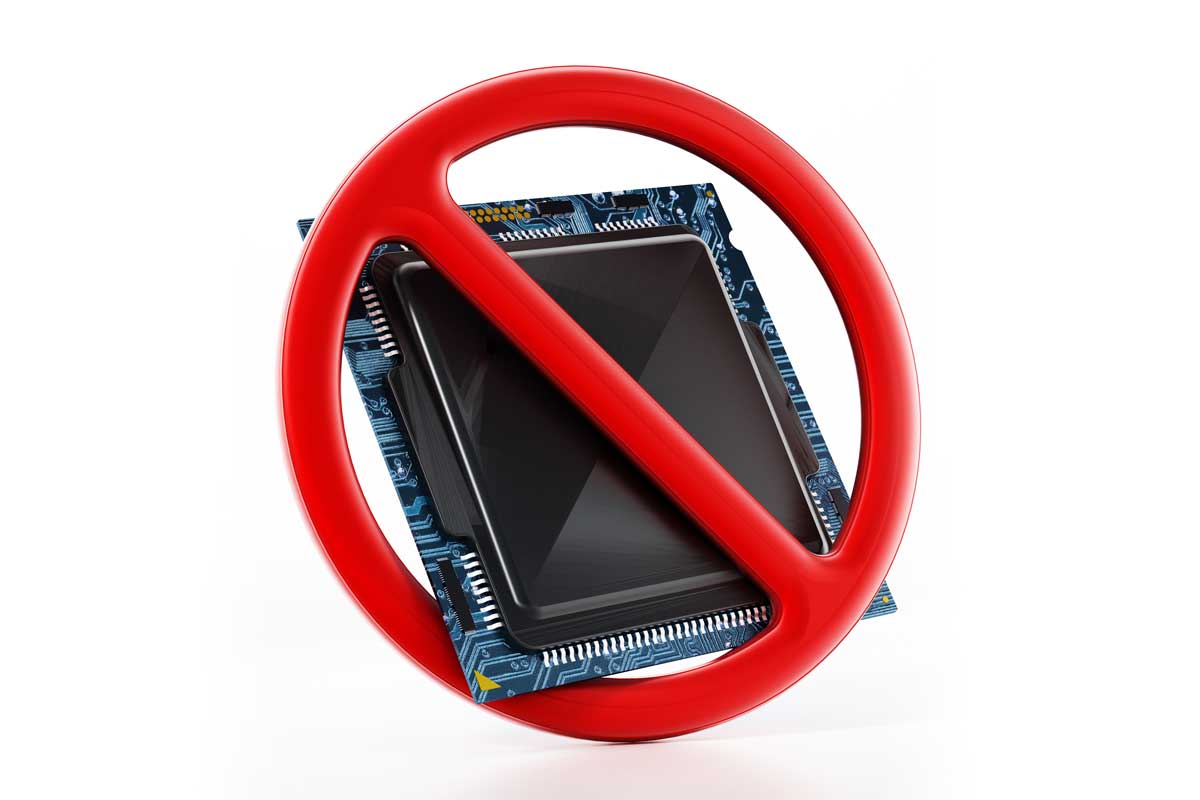
Name a product, any product.
In 2021, the consumer expectation is that if you want something and you have the capital to pay for it, you can have it at your doorstep with literally, the touch of a button. The problem, however is that because of the COVID-19 pandemic, the expectation, and reality of manufacturing output capabilities are far from aligned. Every industry is being impacted by a global chip shortage that’s stretched on for several months. It’s affecting a variety of production, from how quickly we can drive a car off the lot or even buy a new laptop – and virtually every sector of our economy and every facet of our modern lives is powered by semiconductors. So when can manufacturers expect business to go back to normal? It seems that’s the key question on all of our minds these days, and unfortunately, major players weighing in on the matter don’t have the most promising news to deliver.
Since the spring of 2021, the White House has recognized the impact the chip shortage was having on the manufacturing industry as well as on American workers and families throughout the country.
A statement released by the White House back in April described the issue as a “top and immediate priority” for the President and his senior-most advisors on economic and national security. The White House heard directly from industry leaders on the impact of the chip shortage and discussed short and long-term approaches to address it. Participants emphasized the importance of improving transparency in the semiconductor supply chain to help mitigate current shortages and improving demand forecasting across the supply chain to help mitigate future challenges.
The U.S. government also discussed the importance of encouraging additional semiconductor manufacturing capacity in the United States to make sure we never again face shortages.
That’s why this summer, the U.S. passed a tech and manufacturing bill that includes $52 billion to fund semiconductor research, design, and manufacturing initiatives. The problem? Currently, it’s just not financially lucrative for companies here in the U.S. and more incentives are needed. In 1990, the US produced 37% of the world’s chip supply, according to a September 2020 report from the Semiconductor Industry Association. But now, the country is responsible for just 12% of global chip production. Seventy-five percent of the world’s chip manufacturing comes out of Asia, per the report, and China is positioned to become the largest chip producer by 2030. The reality remains: foreign governments offer more attractive financial incentives to construct semiconductor factories, like tax breaks and grants, so until that changes here in America, the likelihood is production will continue to soar overseas.
In an effort to measure the scope of the chip shortage, tech journalism outlet Recode reached out to nearly 30 companies that use, design, and make chips.
The extensive list of major players included General Motors, Qualcomm, and Hewlett-Packard to name a few. All of the companies that responded said they were affected by the shortage. The electronics maker Toshiba told Recode it’s stuck paying higher prices for components while Toyota said the company’s supply chain issues continue to affect production at its North American facilities. BSH, which makes Bosch appliances, said some products have lead times as long as six months. While companies are adapting in their own ways, most surveyed didn’t anticipate a resolution anytime soon. Instead, companies see the chip shortage as an industry-wide problem that could go unresolved until at least next year and quite possibly into 2023.
As other countries continue to invest in their own research and development, we cannot risk falling behind.
The bipartisan support of the tech and manufacturing bill is a promising commitment to ramping up American production and remaining competitive in the global market. But there is other exciting legislation on the horizon that could encourage domestic manufacturing. The Facilitating American-Built Semiconductors (FABS) Act is bipartisan legislation that if approved would create a 25 percent tax credit for investments in U.S. semiconductor manufacturing to boost domestic manufacturing of semiconductors and further the aim to stimulate domestic growth in that sector. While time will tell what the future holds, and as manufacturers and consumers wait on chip production, one thing is true. A combination of grants, tax credits, and research investments is needed to turbocharge future U.S. semiconductor production and innovation.
Sources: Semiconductors.org, White House
